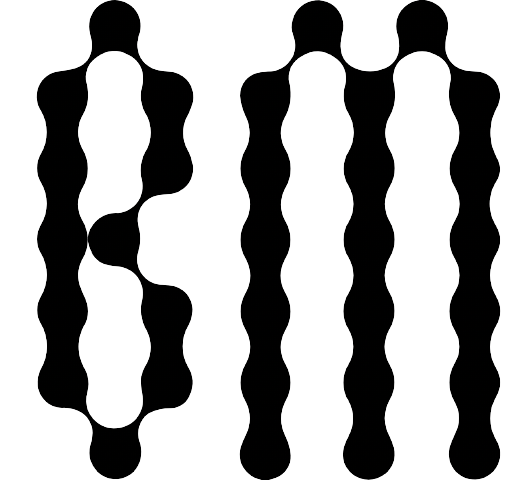Impunity and the Violations During the Period of the 1980 Coup d’État
Following the 1980 Coup d’État, severe violations of human rights took place in Turkey in a widespread and systematic manner, including torture, maltreatment, extrajudicial arbitrary executions and political murders; and these violations did not take place for a short period of time, they instead have become an inherent reflex and culture of the state which carried on to this day and/or gradually changed its form.
The most important part of the fact that the state has managed to emplace this inherent culture, together with its military, political, governmental and judicial branches, is the phenomenon of ‘impunity’. This phenomenon is certainly not a state culture and reflex that only begun after September 12, 1980, nor is it in any way specific to Turkey. Unless a true confrontation takes place and the state takes a serious legal and practical stance against impunity, those people whose human rights have been infringed will never be able to exercise their rights to truth and reparation.
The trust for the ban of such offences, particularly of torture and maltreatment, will continue to erode with each and every case of impunity where the offenders do not face any sentences, and those who carry out these offences will continue to commit their crimes with the belief/comfort that they will not face any charges, or they will not receive a sentence in accordance with the crime committed.
During the Military Coup of September 12, 1980, and the period following it, while human rights violations were widespread and systematic, the state with all its institutions, actors and authorities had again failed to take a solid stance against these violations. Actually, it was the state’s very itself who created and continued such a situation.
During the period, official figures state that 171 persons were killed through torture. Yet, even in these cases the offenders were either not sentenced on grounds that no connection was found between the offender and the offence, or because the statute of limitation expired / was made to expire in trials due to procedural reasons, or the offenders were not sentenced to convictions in accordance with and proportionate to their crimes. Additionally, the sentences that were rarely given were not / could not be executed, as the offenders, who were all state officials, just could not be apprehended.
With an organized policy involving all the institutions and actors of the state, and a culture that was overheld throughout generations, the offenders enjoyed constant protection, the institutions either did not submit the information asked from them by the investigators to deepen inquiries, or they sent manipulated information that anonymized the offenders. Offenders and non-offenders used the public power hand in hand. They did their best not to elicit the crimes and especially their perpetrators, by keeping silent, by bending the truth, making misstatements, or by preparing false documents contrary to the facts. For those very few offenders who were indicted and prosecuted against all the efforts to bend the truth and spoliate evidence, their institutions did not even start disciplinary proceedings; and on the contrary, these offenders often stayed in office and were even awarded with promotions and gratifications.
Many of the complaints and bills of indictment for death and injury through torture, or death and injury through symptoms resulting from torture, were not even agendized. In the files of the cases where thousands of people were taken into custody and tried, those whose rights were violated have insistently mentioned torture and maltreatment in details, yet the courts were indifferent to their claims. With few exceptions, most of these explicit claims of violation did not result in the filing of a bill of indictment. For those exceptions that did result in the filing of a complaint, almost none of them had consequences that could be tracked (most probably because these complaints also resulted in non-prosecution).
While it is certain that the Courts of Martial Law that were formed directly under the Martial Law Commandership could hardly be independent and neutral, in the continuation of the said policies the military judges and prosecutors had a considerable contribution through their adjudicative practices and their decisions. The prosecutors were unembarrassed to the extent that they stated in their opinions on torture files that ‘it is only natural for the police to put some pressure on defendants’. Judges could untroubledly claim that ‘the defendant had to commit the crime because of the difficult conditions in which he carried out this duty’ to afford pleas for defendants who were torture offenders.
As will be seen in this Museum, there were certainly some judges and prosecutors who defended law and human rights against all odds and whose stances and decisions deems them worthy of special honors in such a period. Their efforts, however, could not reach the level to reverse the process.
Identifying the perpetrators of violations in all levels of responsibility (military, administrative, political, institutions and individuals) is the absolute first step for the victims of the violations and the relatives of these victims to know the truth, and for the society and the state to confront the crimes committed in order never to repeat them again.
Throughout the collections of the Museum, in the stark reality of documents and photos and in the words and silences of the narrators, you will see impunity. The demands for justice will never end unless the truth is confronted and as long as the perpetrators are rewarded with impunity.
